Sélectionnez ce type de licence lorsque vous développez une application pour iOS, Android ou Windows Phone et que vous intégrez le fichier de fonte dans le code de votre application mobile.
Houschka Rounded Alt
par G-Type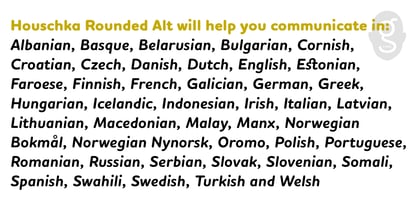

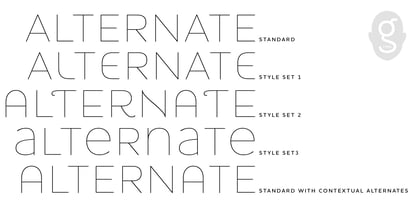
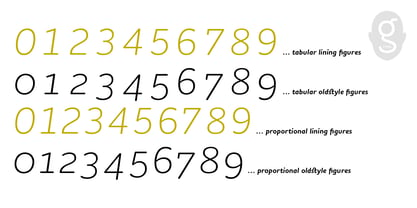
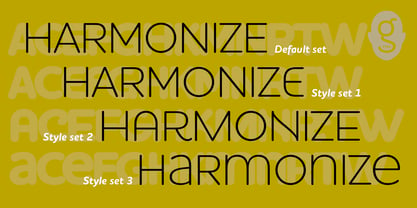
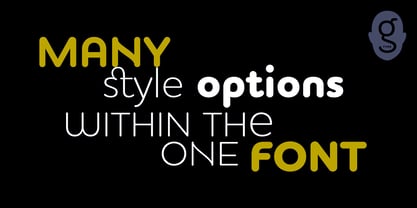
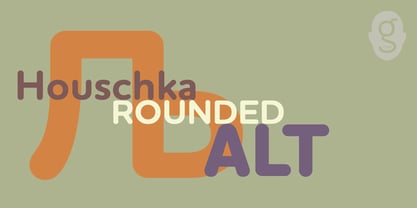
- AaGlyphs
-
Meilleure offreOffres familiales
- Styles individuels
- Spécifications techniques
- Licences
À propos de la famille Houschka Rounded Alt Police
Houschka Rounded Alt est une copie conforme de la famille Houschka Rounded avec une différence essentielle : les signatures arrondies glyphs A & W sur les positions par défaut sont remplacées par leurs alternatives droites. Houschka a été nommé d'après Georg Houschka, une confiserie malheureusement disparue de Salzbourg, en Autriche, qui avait une magnifique façade des années 1930 et des formes de lettres arrondies distinctives dans l'enseigne au-dessus de la porte. Les caractéristiques OpenType comprennent la prise en charge des langues CE, baltique, turque et cyrillique, ainsi que des petites capitales, 3 jeux stylistiques, des alternances contextuelles, des ligatures et 4 jeux de chiffres. Houschka Rounded Alt est un caractère sans empattement moderne, propre et lisible, qui partage les qualités humanistes du Gill Sans et du Johnston, tout en conservant un caractère charmant qui lui est propre. La structure monolinéaire, les terminaisons arrondies et les courbes ondulantes donnent à Houschka Rounded Alt un aspect doux et amical.
Concepteurs : Nick Cooke
Éditeur : G-Type
Fonderie : G-Type
Maître d'ouvrage : G-Type
MyFonts débout : 7 février 2014
À propos G-Type
G-Type est une fonderie numérique police et un studio de création typographique expérimenté, fondé par Nick Cooke en 1999. G-Type excelle dans la conception de logos et de polices personnalisés pour des marques et des organisations de premier plan dans le monde entier. Des entreprises et des publications aussi diverses que Vauxhall, Sun Life Financial, Walmart et The Mail On Sunday ont bénéficié de transformations typographiques bien accueillies grâce à G-Type, et bien d'autres, dont NBC Television, SKF et TATA Consulting, utilisent le site commercial polices de G-Type comme pierre angulaire de leur image de marque.Le caractère Chevin de Cooke marque le Royal Mail avec distinction et est très visible dans tous les bureaux de poste du Royaume-Uni.La bibliothèque de détail G-Type est une collection merveilleusement variée et polyvalente de polices originaux de haute qualité, contenant invariablement des jeux de caractères "Pro" riches en fonctionnalités, débordant d'alternatives, de ligatures, d'options de figures multiples et d'une couverture linguistique étendue. Les polices populaires comme Houschka Pro et Olicana offrent des palettes de glyphes étendues et des jeux stylistiques multiples, permettant à votre travail d'adopter différentes personas sans avoir à changer polices.
En savoir plus
Lire moins